Home>Interior Design>What Colors Make A Room Feel Happy? Color Psychologists Say These Shades Boost Well-Being
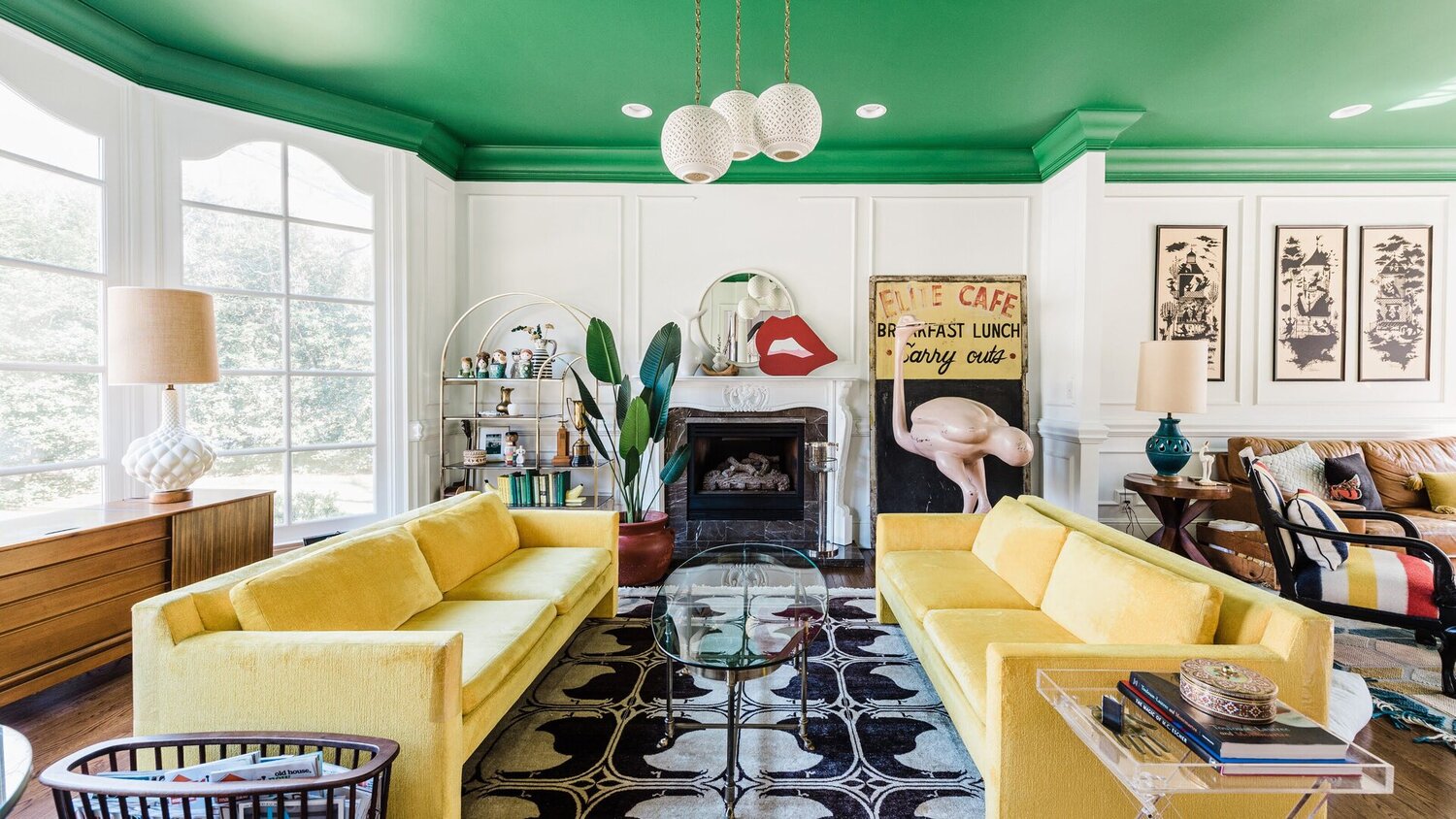

Interior Design
What Colors Make A Room Feel Happy? Color Psychologists Say These Shades Boost Well-Being
Modified: October 19, 2024
Discover how interior design can boost your well-being with color psychologists' recommended shades that make a room feel happy.
(Many of the links in this article redirect to a specific reviewed product. Your purchase of these products through affiliate links helps to generate commission for Storables.com, at no extra cost. Learn more)
Introduction
When it comes to interior design, colors play a significant role in creating the right atmosphere and evoking certain emotions. But did you know that colors can also have a profound impact on our psychological well-being? Color psychology is a fascinating field that explores how different hues can affect our moods, emotions, and overall sense of happiness.
Imagine stepping into a room painted in shades of vibrant yellow or calming blue. Instantly, you might feel a boost of energy or a sense of tranquility. That’s because colors have the power to influence our emotions and create a particular ambiance. So, if you’re seeking to infuse happiness into your living space, it’s worth considering which colors can help achieve that desired effect.
In this article, we’ll delve into the world of color psychology and explore several hues that are known to enhance happiness and well-being. From sunny yellows to serene blues, we’ll reveal the secrets behind these shades and how they can transform your environment.
Key Takeaways:
- Colors have a profound impact on our psychological well-being, influencing emotions, behaviors, and overall mood. By carefully selecting the right colors for your living spaces, you can create an environment that promotes happiness, positivity, and a sense of well-being.
- Incorporating colors into interior design can have a profound impact on psychological well-being. Each color carries its own unique energy and can evoke specific emotions and moods, creating visually pleasing and emotionally engaging environments.
The Impact of Colors on Psychological Well-being
The impact of colors on our psychological well-being is a topic that has been studied extensively by psychologists and designers alike. Colors have the ability to evoke a wide range of emotions and can significantly influence our mood, productivity, and overall sense of happiness.
For example, warm colors such as red, orange, and yellow are known to stimulate and energize. These colors can create a sense of excitement and optimism, making them ideal choices for spaces where social interaction and creativity are encouraged. On the other hand, cool colors like blue and green have a calming and soothing effect. These colors are often associated with serenity, relaxation, and focus, making them perfect for areas where tranquility is desired, such as bedrooms or offices.
Furthermore, color psychology suggests that different colors can have specific effects on our emotions and behaviors. For instance, yellow is often associated with happiness, optimism, and creativity. It is believed to evoke a sense of joy and warmth, making it an excellent choice for spaces where positivity and energy are desired, such as kitchens or playrooms.
Similarly, blue is often associated with feelings of calmness, stability, and trust. It has a soothing effect on our minds and bodies, making it an ideal color for bedrooms or living rooms where relaxation and tranquility are key. Green, known for its connection to nature, has a refreshing and rejuvenating effect. It can promote a sense of harmony and balance, making it suitable for both indoor and outdoor spaces.
Color psychology also suggests that certain colors can have specific effects on our appetite and eating habits. For example, red is believed to stimulate the appetite and can be seen in many restaurants as it is thought to encourage customers to eat more. On the other hand, blue is said to suppress appetite, which is why it is rarely used in dining spaces. Understanding these psychological cues can be particularly helpful when designing spaces such as kitchens or dining areas.
Overall, colors have a profound impact on our psychological well-being, influencing our emotions, behaviors, and overall mood. By carefully selecting the right colors for your living spaces, you can create an environment that promotes happiness, positivity, and a sense of well-being.
The Concept of Color Psychology
Color psychology is the study of how colors can affect our emotions, behavior, and mental well-being. It is based on the idea that different hues can have a significant impact on our psychological and physiological responses, triggering specific emotions or reactions.
Psychologists and designers use color psychology to create atmospheres, evoke certain moods, and influence human behavior. It is a powerful tool that can be applied in various domains, including interior design, marketing, branding, and even therapy.
One of the foundations of color psychology is the understanding that colors have universal meanings and associations. For example, red is often associated with passion, energy, and excitement, while blue is linked to calmness, trust, and stability. These associations are not purely subjective but have been shaped by cultural, historical, and evolutionary factors.
Color psychology also takes into account individual differences and personal experiences. While certain colors might have general meanings and effects, the way we perceive and respond to them can vary based on our unique backgrounds, personalities, and preferences. For example, someone who had a negative experience associated with the color yellow might not find it as cheerful and uplifting as others do.
Understanding the concept of color psychology can help you make informed choices when it comes to designing your living spaces. By considering the psychological impact of colors, you can create an environment that aligns with your desired mood and atmosphere.
It is important to note that while color psychology provides valuable insights, it is not an exact science. The effects of colors can vary across individuals and cultural contexts. Additionally, personal preferences and subjective interpretations can also play a significant role.
Nevertheless, incorporating the principles of color psychology into your interior design can have a profound impact on how you feel and experience your living spaces. From selecting the right wall color to choosing furniture and décor accents, every element can contribute to creating a harmonious and emotionally engaging environment.
In the following sections, we will explore specific colors that have been found to enhance happiness and well-being, providing you with guidance on how to incorporate them into your own home.
Colors That Enhance Happiness and Well-being
When it comes to creating a happy and uplifting space, certain colors have been found to have a positive impact on our mood and overall well-being. Let’s explore some of these colors and how you can incorporate them into your home design.
-
Yellow
Yellow is often associated with joy, positivity, and energy. It can create a sense of warmth and optimism in a room. Consider using yellow as an accent color in your living room or kitchen through accessories such as pillows, curtains, or artwork. Be cautious not to overuse yellow, as it can be overwhelming if used in excess.
-
Blue
Blue is known for its calming and soothing effect on our emotions. It promotes a sense of tranquility and relaxation. Paint your bedroom walls in soft shades of blue or add blue accents to your bathroom to create a serene and peaceful atmosphere.
-
Green
Green is deeply connected to nature and symbolizes growth, harmony, and balance. Incorporate green by adding indoor plants or using nature-inspired wallpapers and fabrics. Having plants in your space not only adds a pop of color but also improves air quality and brings a sense of vitality.
-
Pink
Pink is often associated with feelings of love, compassion, and relaxation. It can create a soothing and nurturing environment. Consider adding soft pink elements to your bedroom or nursery for a calming and comforting effect. Use it as an accent color through bedding, curtains, or accessories.
-
Orange
Orange is a vibrant and energetic color that can inspire creativity and enthusiasm. It can be used as an accent color in spaces where you want to encourage social interaction and excitement, such as a home office or playroom. Incorporate orange through decorative items, artwork, or accent walls.
-
Purple
Purple is associated with luxury, creativity, and spirituality. It can create a sense of opulence and relaxation. Incorporate shades of purple in your bedroom through bedding, rugs, or drapes to create a serene and indulgent atmosphere.
-
Red
Red is a bold and passionate color that can evoke strong emotions and stimulate energy. It can be used as an accent color in spaces where you want to create excitement and liveliness, such as a dining area or entertainment room. Use it sparingly to avoid overwhelming the space.
-
White
While not a vibrant color, white is associated with purity, simplicity, and a sense of spaciousness. It can reflect light and make a room feel brighter and more open. Use white as a base color for your walls or as a dominant color in your furniture to create a fresh and clean ambiance.
Remember, these colors can have varying effects based on personal preferences and cultural associations. Experiment with different shades and combinations to find what works best for you and your space. Don’t be afraid to incorporate pops of color to uplift your mood and enhance your overall well-being.
By consciously selecting these colors, you can create a harmonious and visually appealing environment that promotes happiness, positivity, and a sense of well-being in your home.
Yellow
The color yellow is often associated with happiness, optimism, and energy. It is a vibrant and cheerful hue that can instantly brighten up a space and lift your mood. In color psychology, yellow is known to evoke feelings of joy, warmth, and positivity, making it an excellent choice for creating a happy and inviting atmosphere in your home.
When incorporating yellow into your interior design, there are several approaches you can take. One option is to use yellow as the dominant color in a room, such as painting the walls in a soft shade of yellow or choosing yellow furniture pieces as statement pieces. This can create a sunny and uplifting environment.
Another option is to introduce yellow as an accent color. This can be done through accessories such as throw pillows, curtains, or artwork. Adding pops of yellow to a neutral space can instantly inject a sense of energy and liveliness. You can also incorporate yellow through lighting fixtures or decorative items like vases or candles to create a warm and welcoming ambiance.
When using yellow in your home, it’s important to strike a balance. While it is a vibrant and joyful color, using too much yellow can be overwhelming. It’s best to pair yellow with neutrals like white, gray, or beige to create a harmonious and visually pleasing combination.
Yellow works well in various rooms of the house, depending on the desired effect. In the kitchen, for example, yellow can stimulate appetite and create an inviting space for cooking and gathering. Consider using yellow accents in the form of kitchen utensils, dishware, or small appliances to add a cheerful touch to the room.
In the living room or family room, yellow can create a cozy and energetic environment. Incorporate yellow through throw blankets, accent pillows, or even a boldly colored yellow sofa to infuse the space with warmth and positivity.
For a home office or study area, yellow can promote creativity and concentration. Use yellow in the form of desk accessories, artwork, or a yellow accent wall to inspire productivity and a positive mindset.
Overall, yellow is a powerful color that can enhance happiness and well-being in your home. Its cheerful and optimistic nature can instantly uplift your mood and create a welcoming atmosphere. Incorporating yellow into your interior design is a wonderful way to infuse your living space with vibrant energy and positivity.
Blue
Blue is a soothing and calming color that is often associated with serenity, tranquility, and stability. It has a profound impact on our emotions and can create a sense of peace and relaxation in a room. Incorporating blue into your home design can help promote a serene and harmonious environment.
There are various shades of blue to choose from, each evoking a slightly different mood. Light and pale shades of blue, such as sky blue or baby blue, can create a soft and delicate atmosphere. These shades are perfect for bedrooms or bathrooms, as they can promote a sense of calm and relaxation.
If you prefer a bolder and more vibrant look, deeper shades of blue, like navy or royal blue, can create a sense of elegance and depth. These darker blues can be used as accent colors through furniture, rugs, or artwork, adding a touch of sophistication and richness to a space.
When painting walls with blue, it’s important to consider the natural lighting in the room. Rooms with ample natural light can benefit from cooler and softer shades of blue, as they enhance the airy and light-filled ambiance. In contrast, rooms with limited natural light might benefit from warmer shades of blue, helping to create a cozy and inviting atmosphere.
Blue works well in various rooms of the house. In the bedroom, it can promote restful sleep and relaxation. Consider using blue bedding, curtains, or artwork to create a serene and soothing environment that encourages a peaceful night’s rest.
In the bathroom, blue can create a spa-like atmosphere. Use blue tiles, towels, and accessories to emulate the feeling of a luxurious retreat and enhance the sense of tranquility while you unwind in the bath.
Blue can also be incorporated into living areas to create a calm and inviting space. Add blue accent pillows or a blue area rug to bring a sense of serenity and balance into your living room or sitting area.
Remember to balance blue with other colors to create a visually appealing and well-rounded design. Blue pairs well with neutrals like white, gray, or beige. You can also complement it with touches of complementary colors, such as orange or yellow, to provide a subtle pop of contrast.
Overall, incorporating blue into your interior design can have a profound impact on your well-being. Its calming and soothing qualities make it an ideal choice for creating serene and tranquil spaces where you can relax, unwind, and find solace.
Green
Green is a color that is strongly associated with nature, growth, and harmony. It has a calming and refreshing effect on our senses, making it an excellent choice for creating a peaceful and balanced atmosphere in your home. Incorporating green into your interior design can enhance your well-being and foster a sense of connection to the natural world.
There are a wide array of green hues to choose from, ranging from light and vibrant shades to deeper and more earthy tones. Light greens, such as mint or sage, can create a soft and gentle ambiance. These shades work well in bedrooms, nurseries, or reading nooks, as they promote a soothing and relaxing atmosphere.
Deeper greens, like forest green or olive, evoke a more grounded and organic feel. These shades can be used as accent colors through furniture, drapes, or area rugs to bring a sense of depth and richness to a space. They are especially well-suited for living rooms or home offices where you want to foster a sense of tranquility and connection to nature.
Incorporating green into your home doesn’t have to be limited to paint colors. Indoor plants are an excellent way to bring greenery into your living spaces. Not only do plants add a touch of natural beauty, but they also improve air quality and contribute to a sense of vitality. Choose a variety of plant types and sizes to create a lush and vibrant environment throughout your home.
Green works well in various rooms of the house. In the kitchen, it can create a fresh and invigorating atmosphere. Consider using green tiles or backsplash, or incorporate green accents through small appliances, kitchen towels, or herb plants on the windowsill.
In the bathroom, green can evoke a spa-like ambiance. Incorporate green through towels, bathmats, or shower curtains to create a calming and rejuvenating space where you can unwind and refresh.
Incorporating green in your home office or study area can enhance focus and productivity. Paint an accent wall in a soothing green shade or add green elements through desk accessories or artwork to create a sense of tranquility and connection to nature as you work or study.
Remember to balance green with other colors to create a harmonious and visually appealing design. Green pairs well with neutral tones like white, beige, or cream. You can also incorporate complementary colors such as shades of purple or pink to add depth and interest to your space.
By incorporating green into your interior design, you can create a calming and rejuvenating environment that promotes tranquility, connection to nature, and overall well-being.
Pink
Pink is a color often associated with love, compassion, and nurturing. It can create a soothing and gentle atmosphere in your home, making it an ideal choice for promoting relaxation and emotional well-being. Incorporating pink into your interior design can bring a sense of calm and comfort to your living spaces.
There are various shades of pink to choose from, ranging from soft pastels to vibrant and bold hues. Light shades of pink, like blush or baby pink, create a delicate and serene ambiance. These tones work well in bedrooms, nurseries, or meditation spaces, where a sense of tranquility and relaxation is desired.
If you prefer a more vibrant look, brighter shades of pink, such as hot pink or fuchsia, can create a bold and energetic presence in a room. These vibrant pinks can be incorporated as accent colors through pillows, throw blankets, or artwork to add a pop of color and create a lively and joyful atmosphere.
Pink can be integrated into different areas of your home to evoke different moods. In the bedroom, soft pink bedding, curtains, or wall art can create a calm and cozy atmosphere, promoting restful sleep and a sense of comfort.
In the living room, pink can add a touch of femininity and warmth. Incorporate pink through accent pillows, a plush pink rug, or pink decorative accessories to create a welcoming and lovely space for relaxation and socializing.
In a home office or study area, pink can promote a soothing and focused environment. Use pink elements such as desk organizers, stationary, or artwork to add a touch of tranquility and foster a sense of balance and calmness as you work or study.
When incorporating pink into your interior design, it’s important to balance it with other colors to avoid an overwhelming or overly-feminine look. Pair pink with neutral tones like white, gray, or beige to create a visually pleasing and well-rounded design. You can also combine pink with complementary colors like green or blue for a harmonious and balanced color scheme.
Remember, the goal is to create a space that feels nurturing and comfortable. Incorporating pink accents or soft shades of pink can add a touch of warmth and emotional well-being to your living spaces, making them feel inviting and cozy.
By incorporating pink into your home design, you can create a space that promotes relaxation, love, and a sense of tranquility, enhancing your overall well-being.
Orange
Orange is a vibrant and energetic color that can add warmth and excitement to your home. It is associated with enthusiasm, creativity, and positivity, making it an excellent choice for promoting a lively and cheerful atmosphere. Incorporating orange into your interior design can create a space that exudes energy and happiness.
There are various shades of orange to choose from, ranging from soft and muted tones to bright and bold hues. Light shades of orange, like peach or apricot, can bring a soft and gentle warmth to a space. These pastel oranges work well in bedrooms or living rooms, creating a cozy and inviting ambiance.
For a more vibrant look, brighter shades of orange, such as tangerine or burnt orange, can create a dynamic and energetic presence in a room. These bold oranges can be used as accent colors through furniture, artwork, or accessories, adding a pop of color and infusing the space with vitality and enthusiasm.
Certain rooms can benefit from the use of orange in specific ways. In the kitchen, orange can stimulate the appetite and create an inviting and energetic atmosphere. Consider incorporating orange accents through kitchen utensils, dishware, or a vibrant backsplash to add a splash of cheerfulness to your cooking space.
In the living room or entertainment area, orange can create a lively and sociable environment. Use orange accent pillows, a bold orange rug, or even a statement orange sofa to infuse the space with energy and excitement. Pair orange with neutral tones like brown or beige to create a balanced and visually appealing design.
For a home office or creative space, orange can inspire enthusiasm and boost creativity. Add a touch of orange through desk accessories, artwork, or an orange accent wall to create a stimulating and motivational environment where you can unleash your imagination.
When incorporating orange into your interior design, it’s important to use it in moderation. Too much orange can be overwhelming and overpowering. Balance orange with more neutral or cooler tones to create a harmonious and visually pleasing space.
Remember, orange is a color that commands attention and creates a sense of excitement. By incorporating orange into your home design, you can create a lively and vibrant atmosphere that promotes energy, creativity, and a positive mindset.
Purple
Purple is a color often associated with luxury, creativity, and spirituality. It has a rich and elegant presence that can add a sense of opulence and tranquility to your home. Incorporating purple into your interior design can create a space that exudes sophistication and promotes a calm and peaceful atmosphere.
There are different shades of purple to choose from, ranging from soft lavender to deep plum. Lighter shades of purple can create a serene and dreamy ambiance in a room. These soft purples work well in bedrooms or relaxation spaces, helping to create a peaceful and restorative atmosphere.
Deeper shades of purple, such as royal purple or eggplant, bring a sense of richness and depth to a space. These darker purples can be incorporated as accent colors through furniture, drapes, or decorative accessories, adding a touch of drama and elegance to the room.
Incorporating purple into your home design can be done in various ways. In the bedroom, soft purple bedding, curtains, or accents can create a tranquil and luxurious environment, promoting a sense of calm and relaxation.
In the living room, purple can add a touch of elegance and sophistication. Consider using purple throw pillows, area rugs, or artwork to create a refined and visually appealing space for gatherings and relaxation.
For a home office or creative corner, purple can inspire creativity and evoke a sense of imagination. Use purple elements such as a purple desk chair, artwork, or decorative accessories to create a serene and inspiring environment where ideas can flow freely.
When incorporating purple into your interior design, it is important to balance it with other complementary colors. Pair purple with neutrals like white, gray, or beige to create a harmonious and balanced design. You can also experiment with complementary colors like green or yellow to add vibrancy and visual interest to your space.
Remember, purple is a color associated with luxury and spirituality. By incorporating purple into your home, you can create a space that exudes elegance and tranquility, fostering a sense of relaxation, creativity, and a touch of magical charm.
Red
Red is a bold and passionate color that can create a strong visual impact in your home. It is a color associated with energy, vitality, and excitement. Incorporating red into your interior design can add a sense of drama and vibrancy to your living spaces, making them more engaging and stimulating.
There are various shades of red to choose from, ranging from deep wine red to bright crimson. Deeper shades of red can evoke a sense of sophistication and create a warm and inviting atmosphere. These dark reds work well in spaces like the living room or dining area, where you want to create a cozy and intimate ambiance.
Brighter shades of red, such as cherry red or scarlet, can bring a vibrant and energetic presence to a room. These vibrant reds can be used as accent colors through accessories, artwork, or even a bold red accent wall to create a focal point and make a bold design statement.
When incorporating red into your interior design, it’s important to use it strategically and in moderation. Red is a strong color that can dominate a space if used excessively. It is best to use red as an accent color to create visual interest and draw attention to specific areas or elements within a room.
In the dining area, red can stimulate the appetite and create a lively and energetic atmosphere. Consider using red upholstered dining chairs, red table linens, or even a red accent wall to enhance the dining experience and encourage lively conversations.
In the living room, red can create a bold and inviting space. Add red accent pillows, a red area rug, or incorporate red in patterned drapes or artwork to infuse the room with a sense of energy and passion.
In a home office or study area, red can promote focus and productivity. Use red elements such as a red desk lamp, a red chair, or red organizational accessories to create a stimulating environment that inspires motivation and drive.
When incorporating red into your interior design, it’s important to consider the overall color scheme and balance it with other colors. Pair red with neutral tones like white, gray, or black to create a visually pleasing and harmonious design. You can also combine red with complementary colors like green or blue for a dynamic and vibrant color scheme.
By incorporating red into your home design, you can create a space that is bold, passionate, and visually captivating.
When choosing colors to make a room feel happy, consider using shades like yellow, orange, and light green, as these have been shown to boost mood and well-being.
White
White is a versatile and timeless color that can create a sense of purity, simplicity, and spaciousness in your home. It is often associated with cleanliness and clarity, offering a fresh and modern aesthetic. Incorporating white into your interior design can create a light-filled and serene environment that promotes a feeling of calmness and peace.
White can be used as a dominant color throughout your home, serving as a blank canvas to showcase other elements of your design. White walls create a sense of openness and brightness, making a space feel larger and more inviting. They also provide a neutral backdrop that allows other colors and decor to stand out.
In addition to walls, white can also be incorporated through furniture and accessories. White furniture pieces, such as sofas, tables, or cabinets, create a clean and minimalist look. They can add a touch of elegance and sophistication to a room while maintaining a sense of simplicity.
White is especially popular in kitchen design, as it is often associated with cleanliness and hygiene. White kitchen cabinets, countertops, and appliances create a fresh and modern look. They can also make a small kitchen appear more spacious and airy.
White is also a popular choice for bathrooms as it exudes a sense of cleanliness and purity. White tiles, fixtures, and bathroom accessories create a tranquil and spa-like ambiance. They can make a bathroom feel refreshing and soothing.
While white is a versatile and classic color, it is essential to consider its potential challenges. All-white spaces can sometimes appear sterile or cold. To avoid this, you can incorporate different textures and materials, such as wood, metal, or natural fabrics, to add warmth and visual interest to your space.
When using white in your interior design, it’s essential to keep it well-maintained. White surfaces can show dirt and wear more easily, so regular cleaning and maintenance are necessary to keep them looking fresh and bright.
White pairs well with various colors and styles, making it adaptable to different design aesthetics. It can be combined with bold and vibrant colors for a striking contrast or with other soft neutral shades for a serene and monochromatic look.
Overall, white is a versatile and timeless color that can create a sense of purity and spaciousness in your home. Incorporating white into your interior design can create a fresh and modern environment that promotes a feeling of serenity and clarity.
Conclusion
Incorporating colors into your interior design can have a profound impact on your psychological well-being. Each color carries its own unique energy and can evoke specific emotions and moods. By understanding the concepts of color psychology and incorporating the right colors into your home, you can create spaces that enhance happiness and well-being.
Yellow, with its vibrant and optimistic nature, can infuse a space with joy and energy. Blue, with its calming and soothing effect, can create a peaceful and serene atmosphere. Green, connected to nature and harmony, can bring a sense of balance and rejuvenation. Pink, associated with love and nurturing, can create a calm and comforting environment. Orange, with its vibrant and energetic presence, can add excitement and warmth. Purple, associated with luxury and spirituality, can bring a sense of opulence and tranquility. Red, bold and passionate, can create a dynamic and engaging atmosphere. And white, versatile and timeless, can create a sense of purity and spaciousness.
When incorporating these colors into your interior design, it’s important to strike a balance, using them strategically and in moderation. Each color has its own impact and can bring different energies to a space. By pairing colors harmoniously and considering the overall color scheme, you can create a visually pleasing and emotionally engaging environment.
Remember that color psychology provides valuable insights, but individual preferences and cultural associations can also play a role in how colors are perceived and experienced. Ultimately, the goal is to create spaces that reflect your personal style and promote a sense of happiness, comfort, and well-being.
Whether you choose to paint your walls, incorporate colors through furniture and accessories, or bring in elements of nature, have fun experimenting with different hues and combinations. Your home is a reflection of your unique personality, and by harnessing the power of color, you can create spaces that bring you joy and enhance your overall quality of life.
Frequently Asked Questions about What Colors Make A Room Feel Happy? Color Psychologists Say These Shades Boost Well-Being
Was this page helpful?
At Storables.com, we guarantee accurate and reliable information. Our content, validated by Expert Board Contributors, is crafted following stringent Editorial Policies. We're committed to providing you with well-researched, expert-backed insights for all your informational needs.
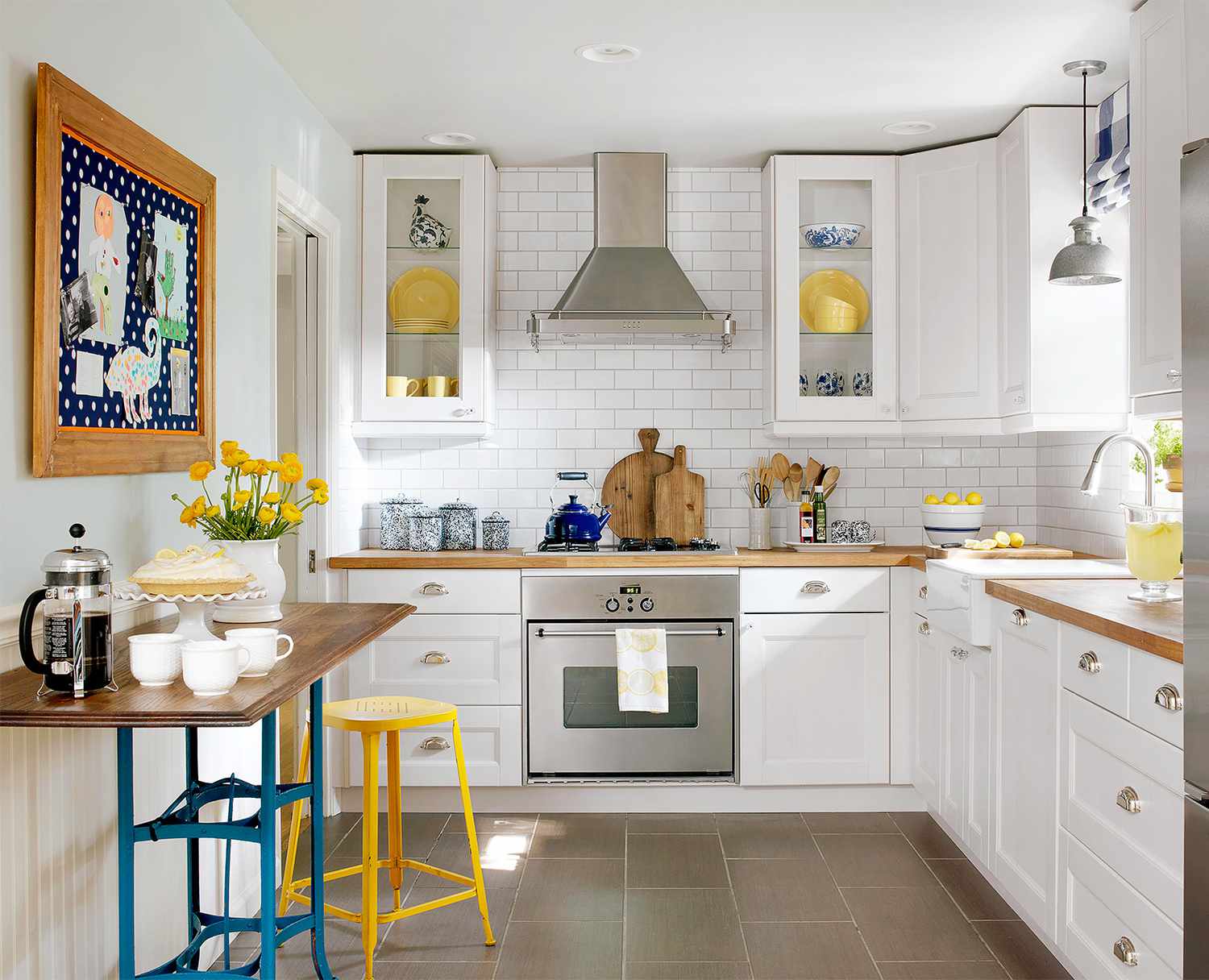
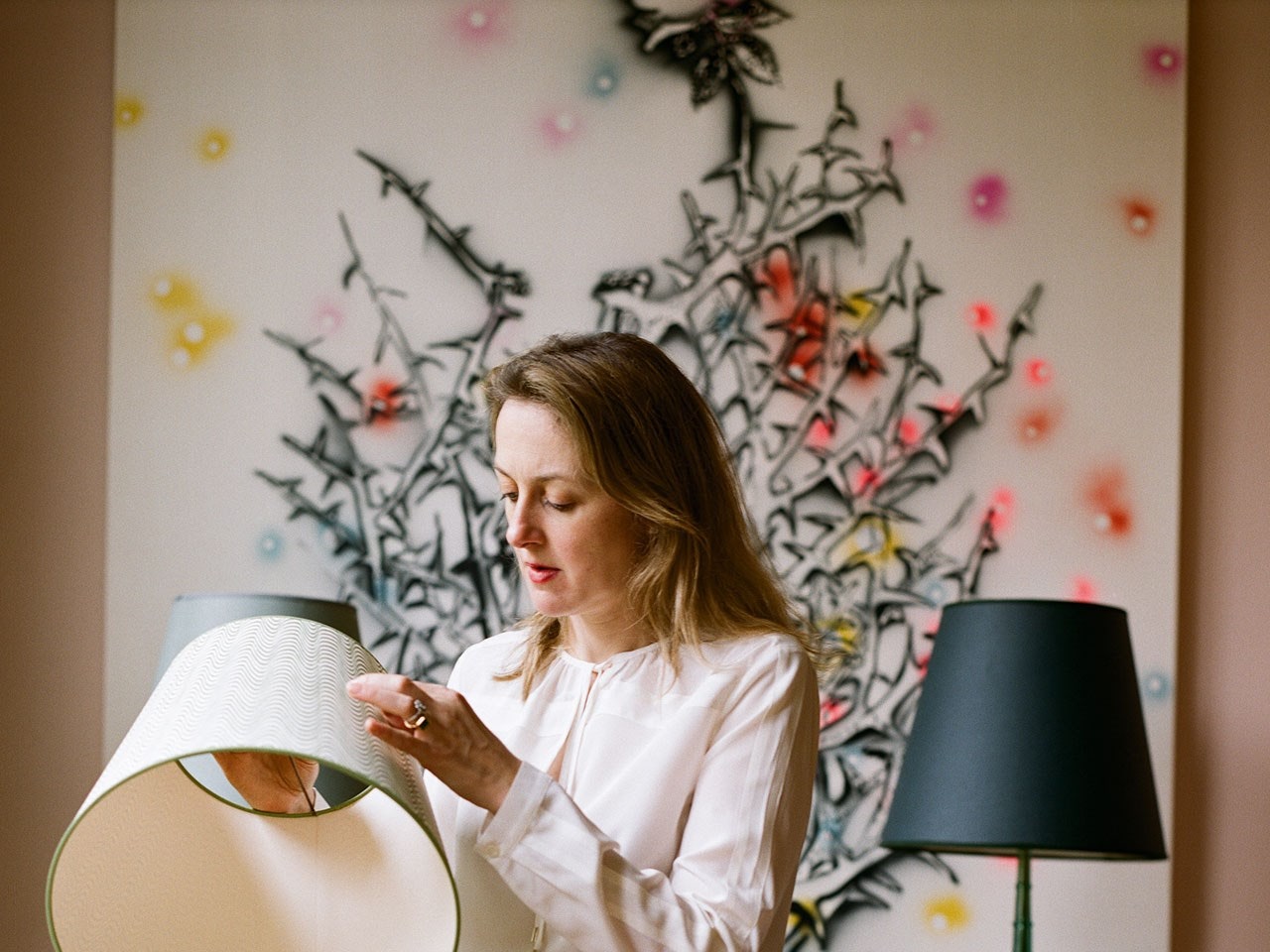
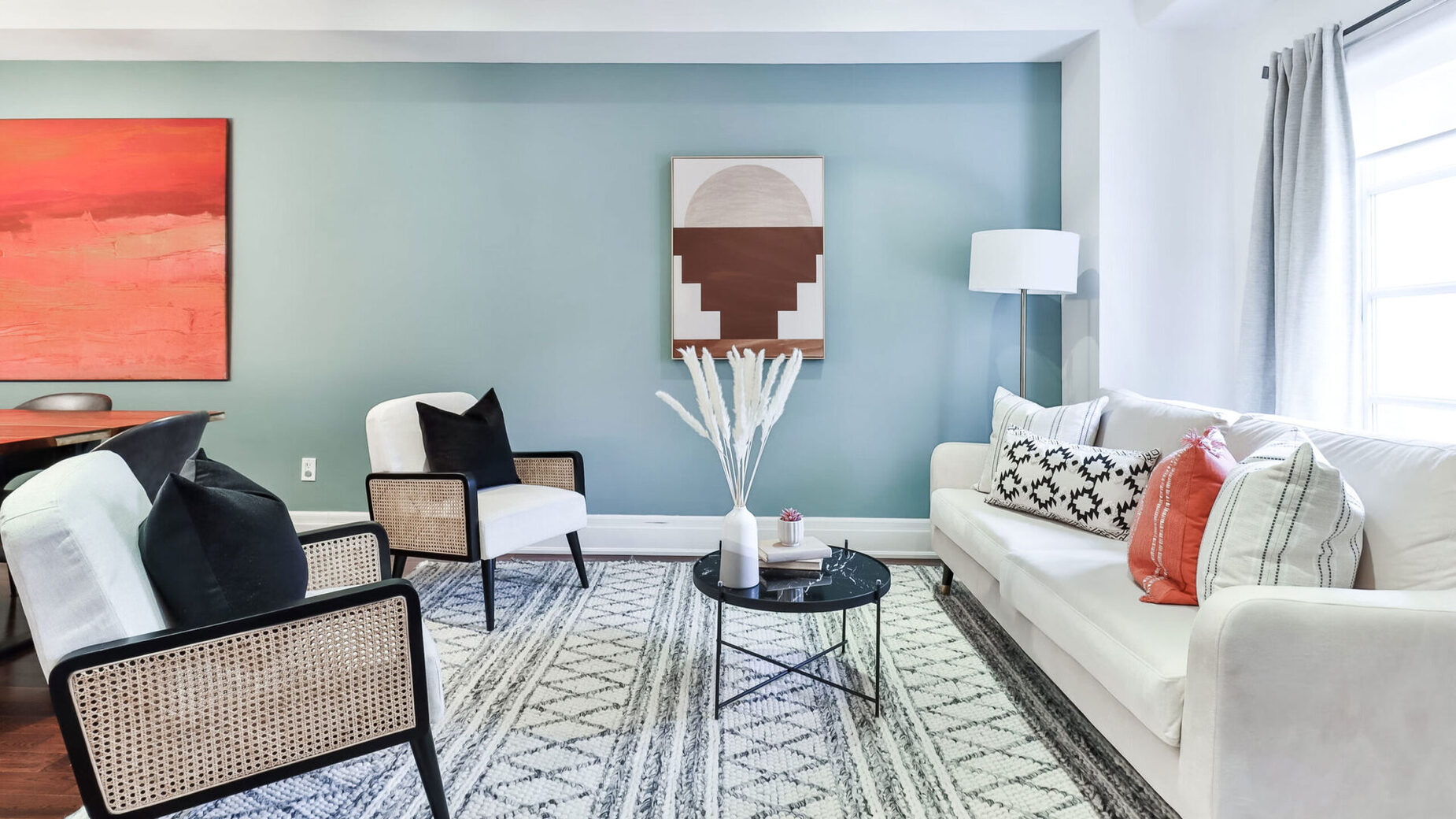
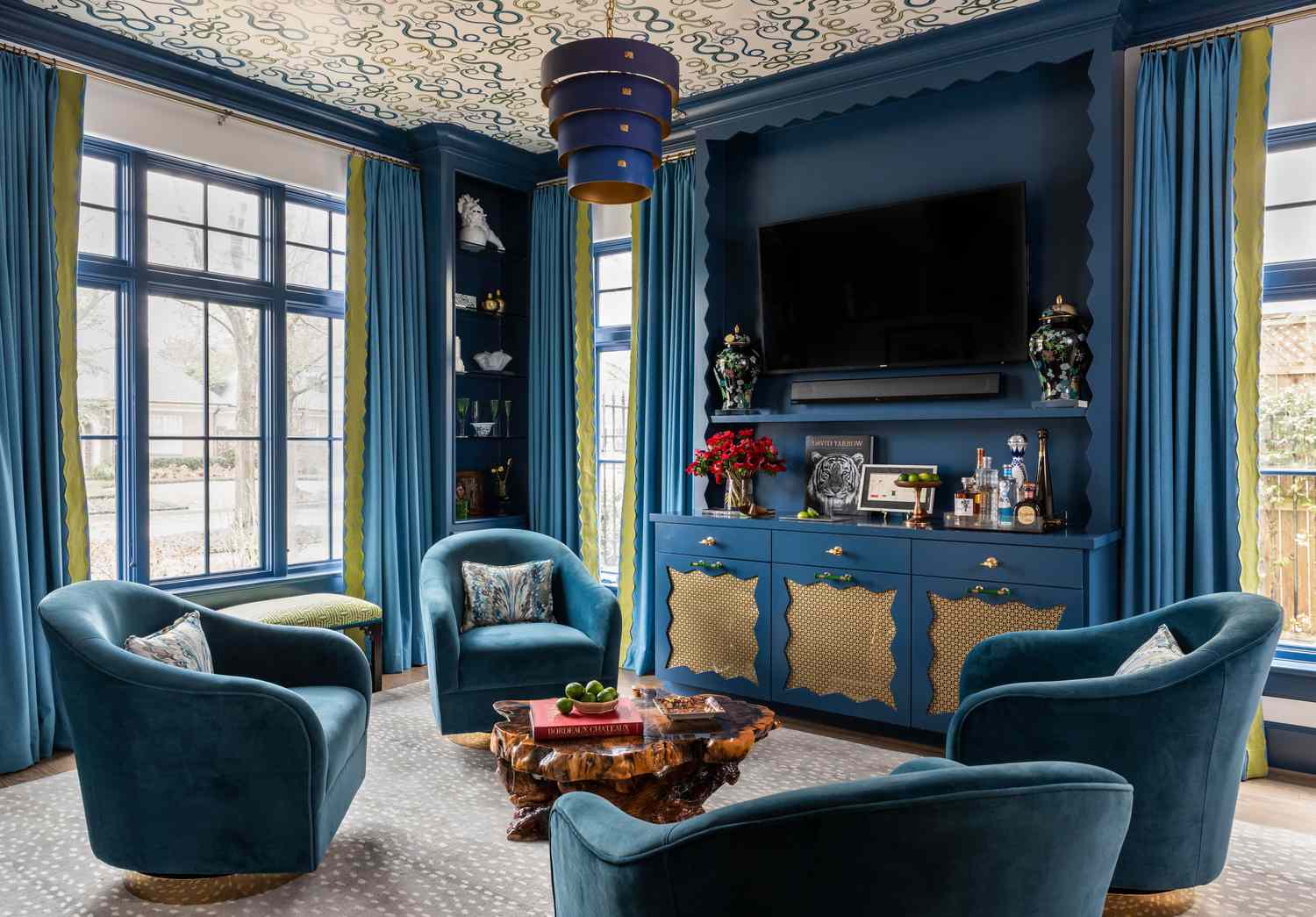
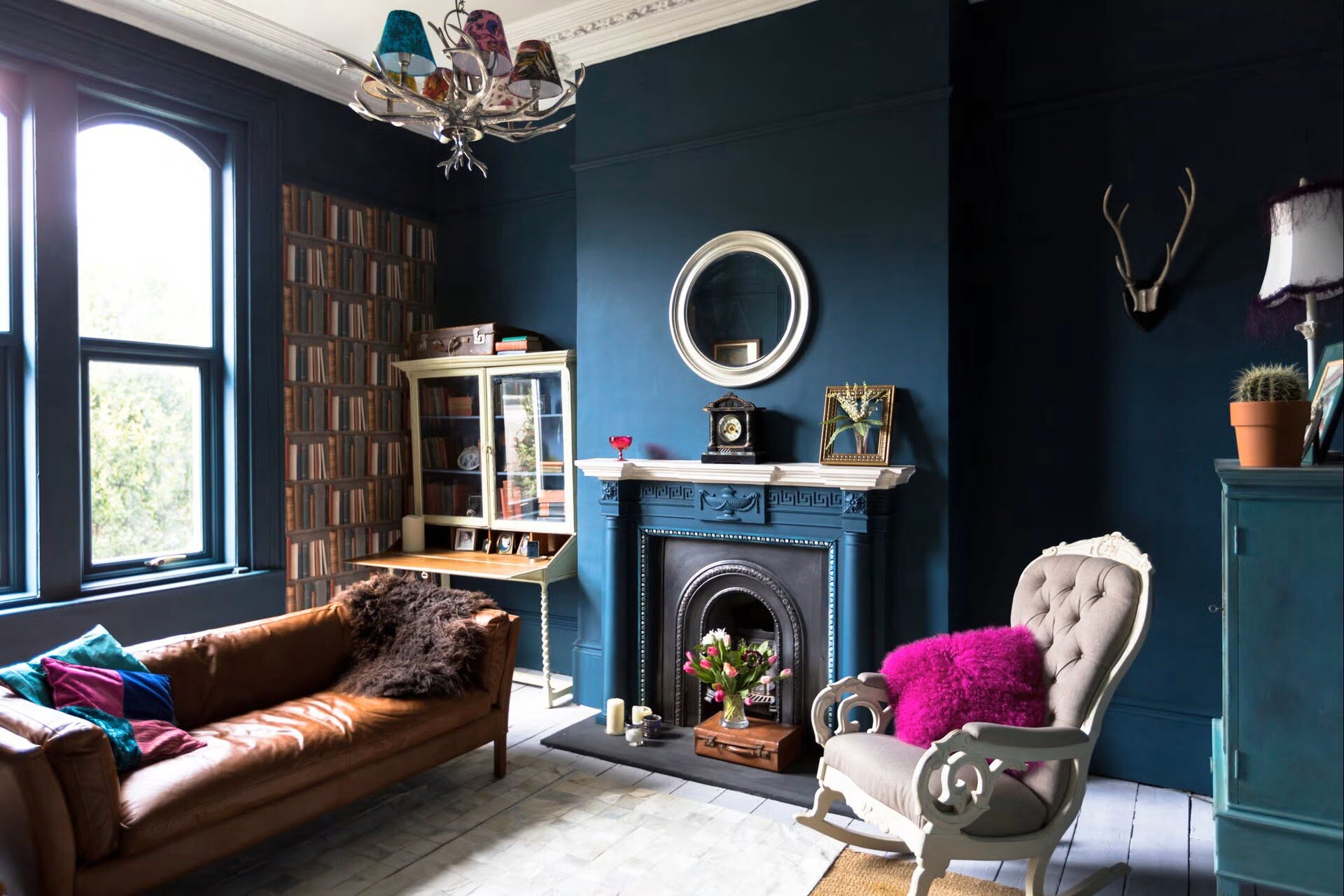
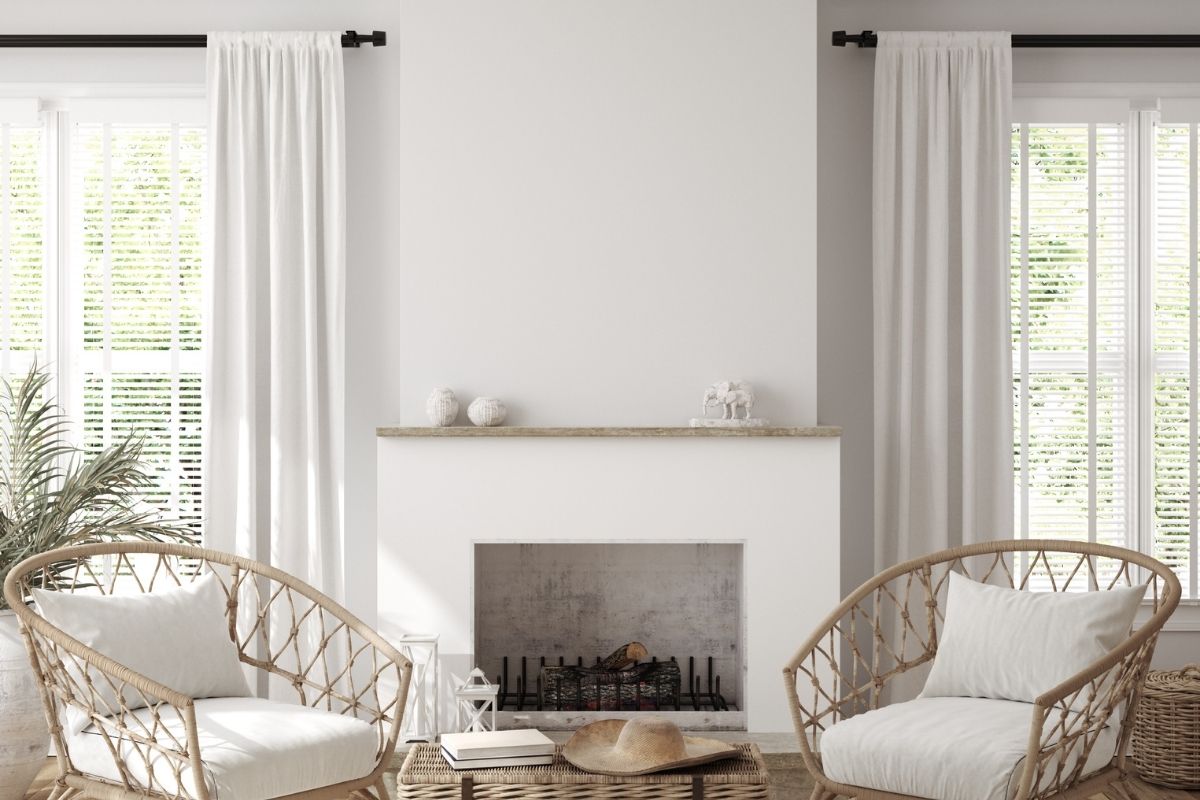
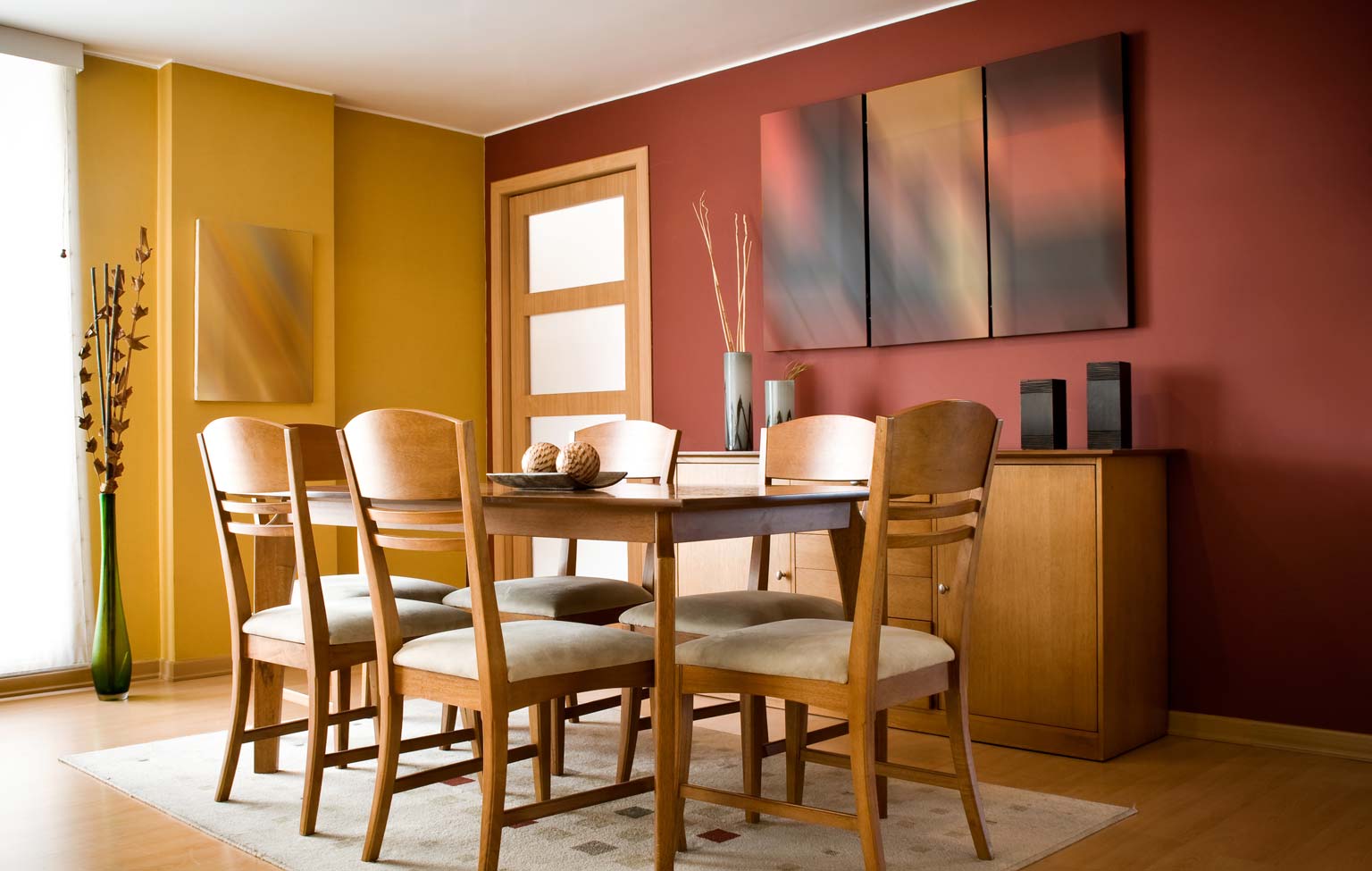
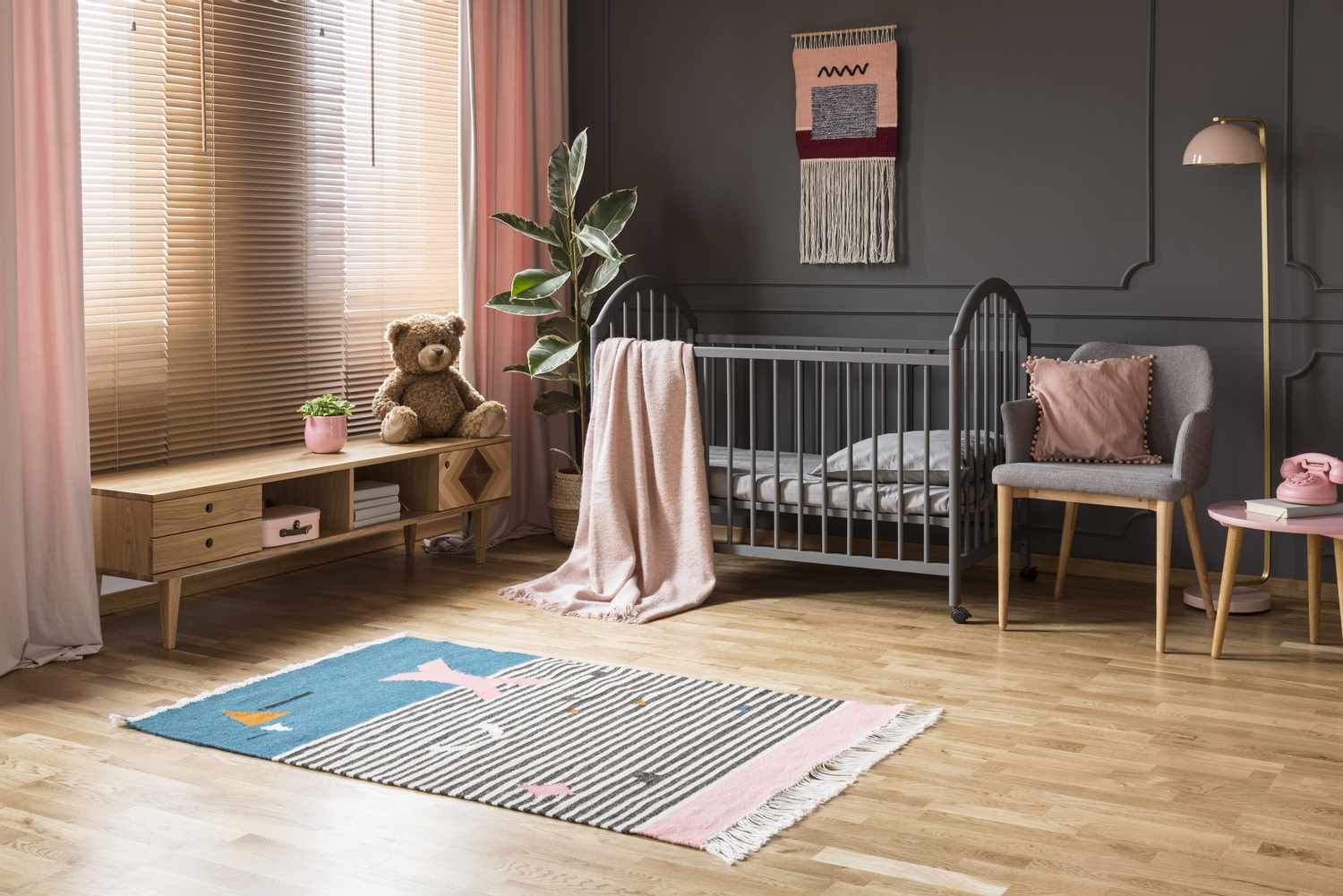
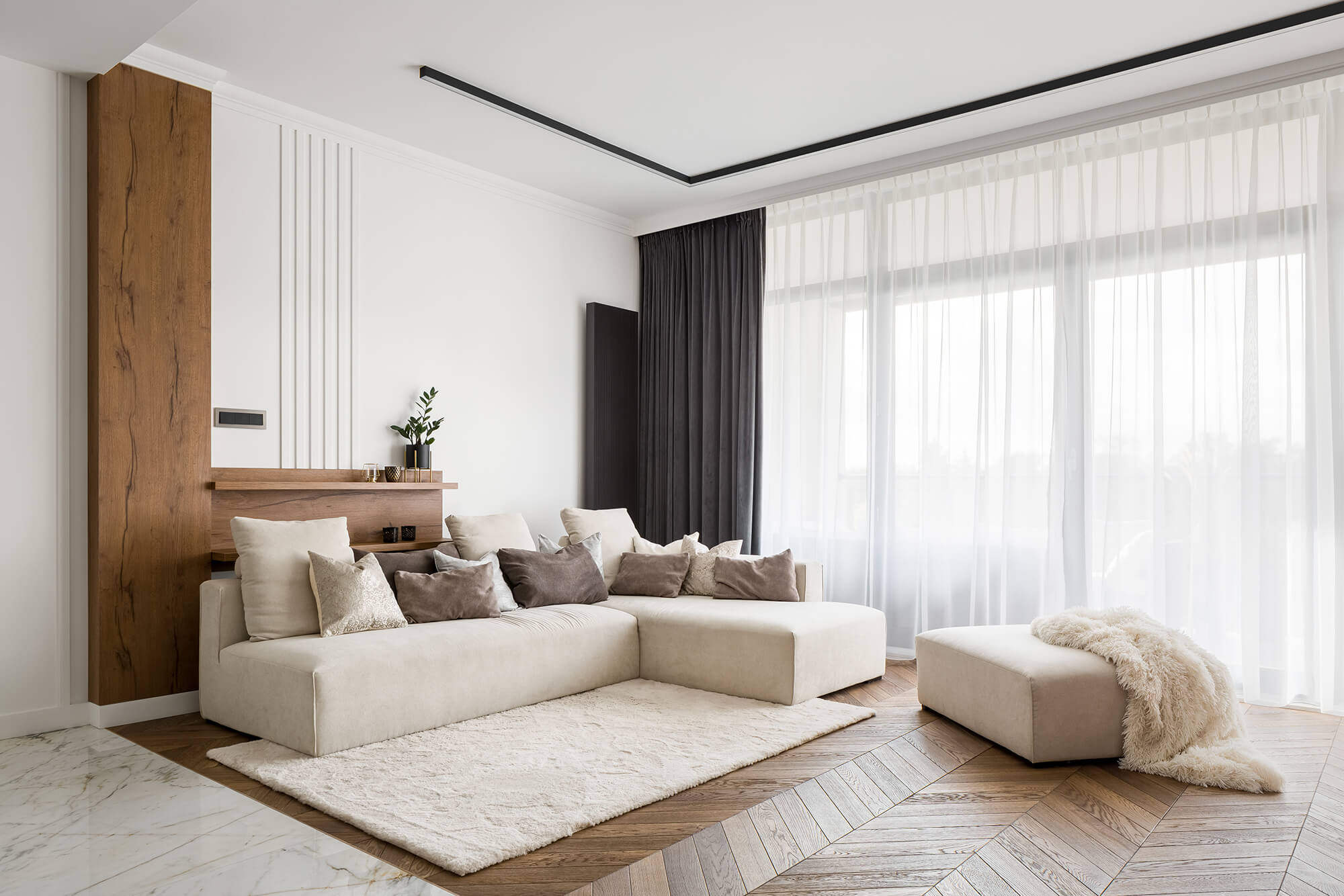
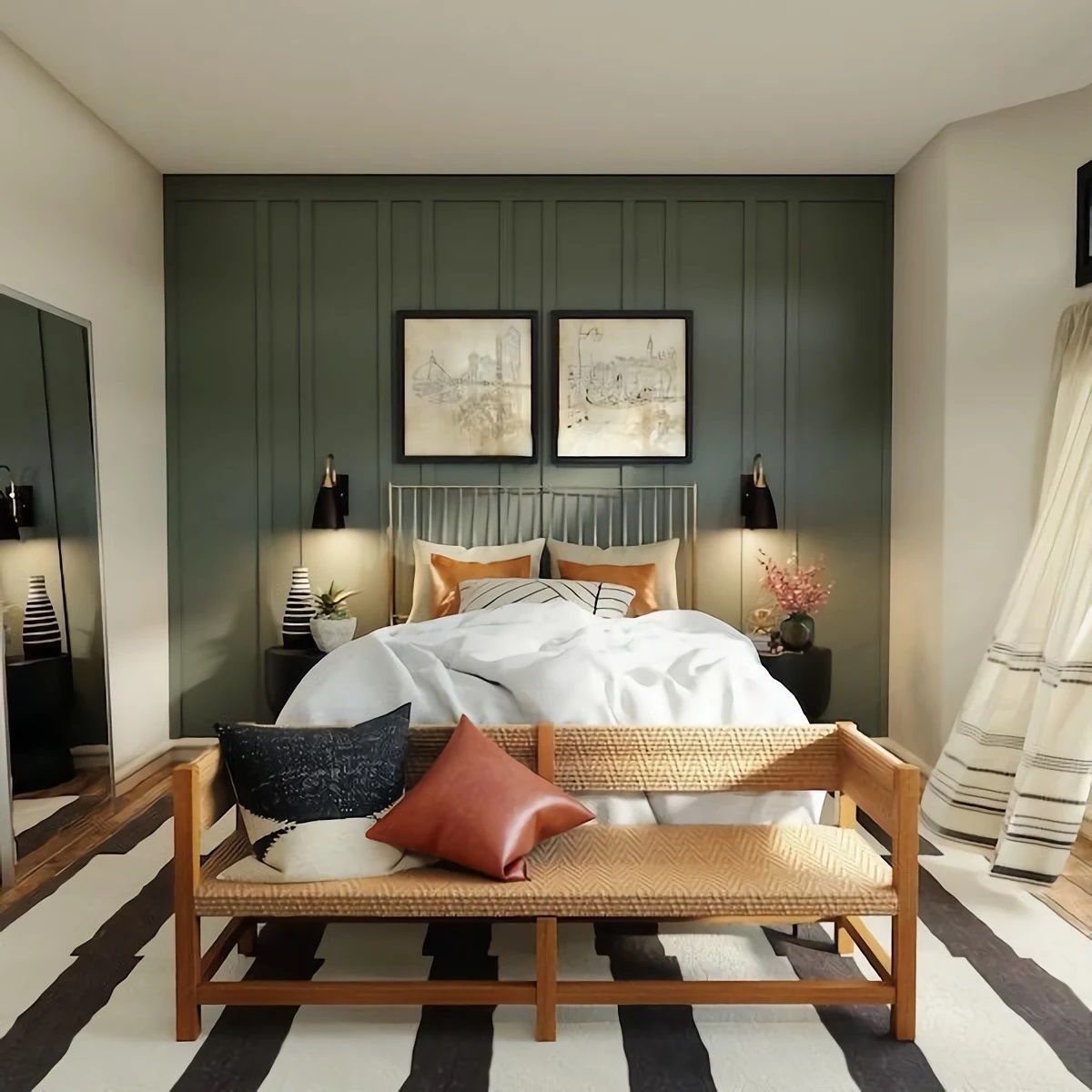
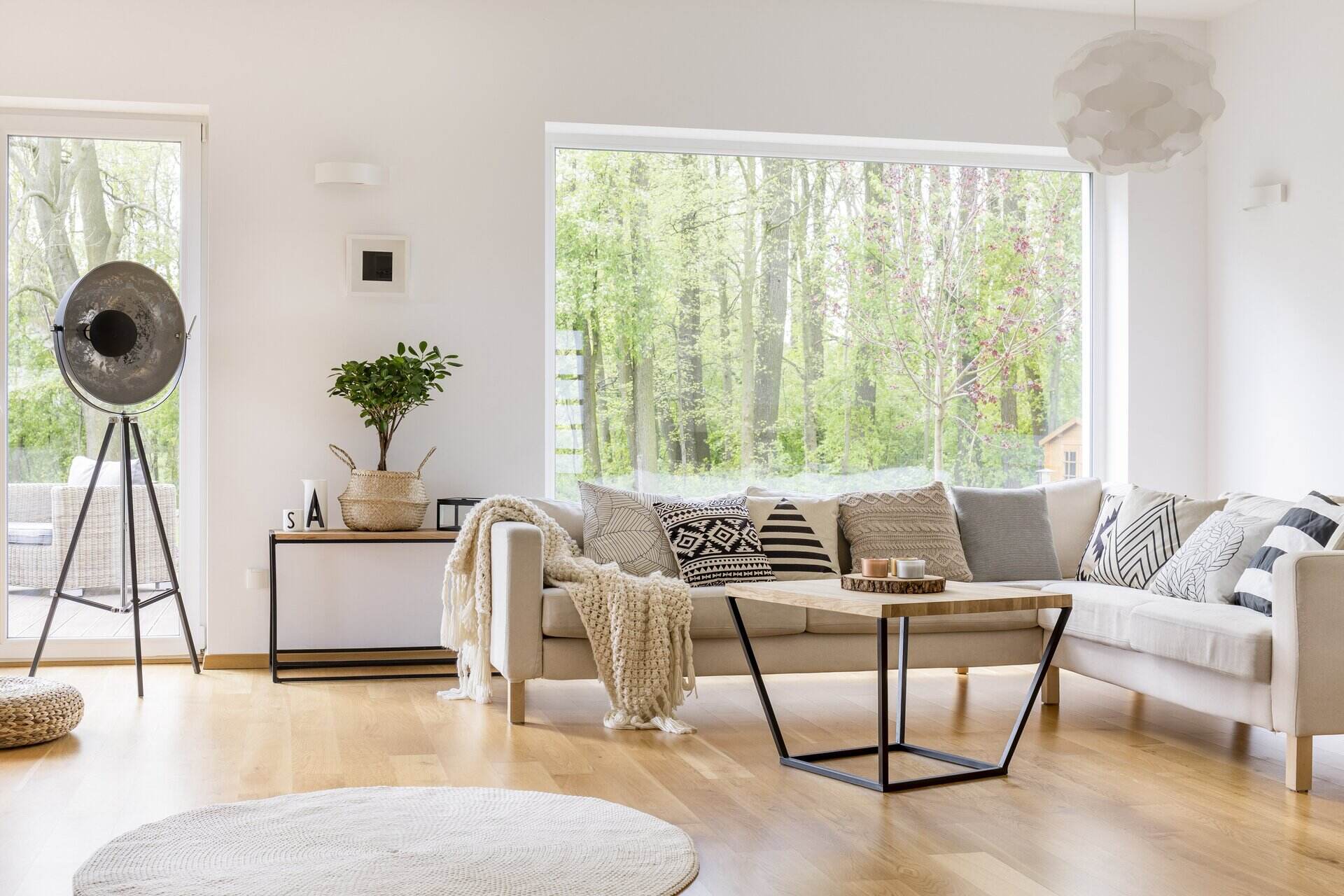

0 thoughts on “What Colors Make A Room Feel Happy? Color Psychologists Say These Shades Boost Well-Being”